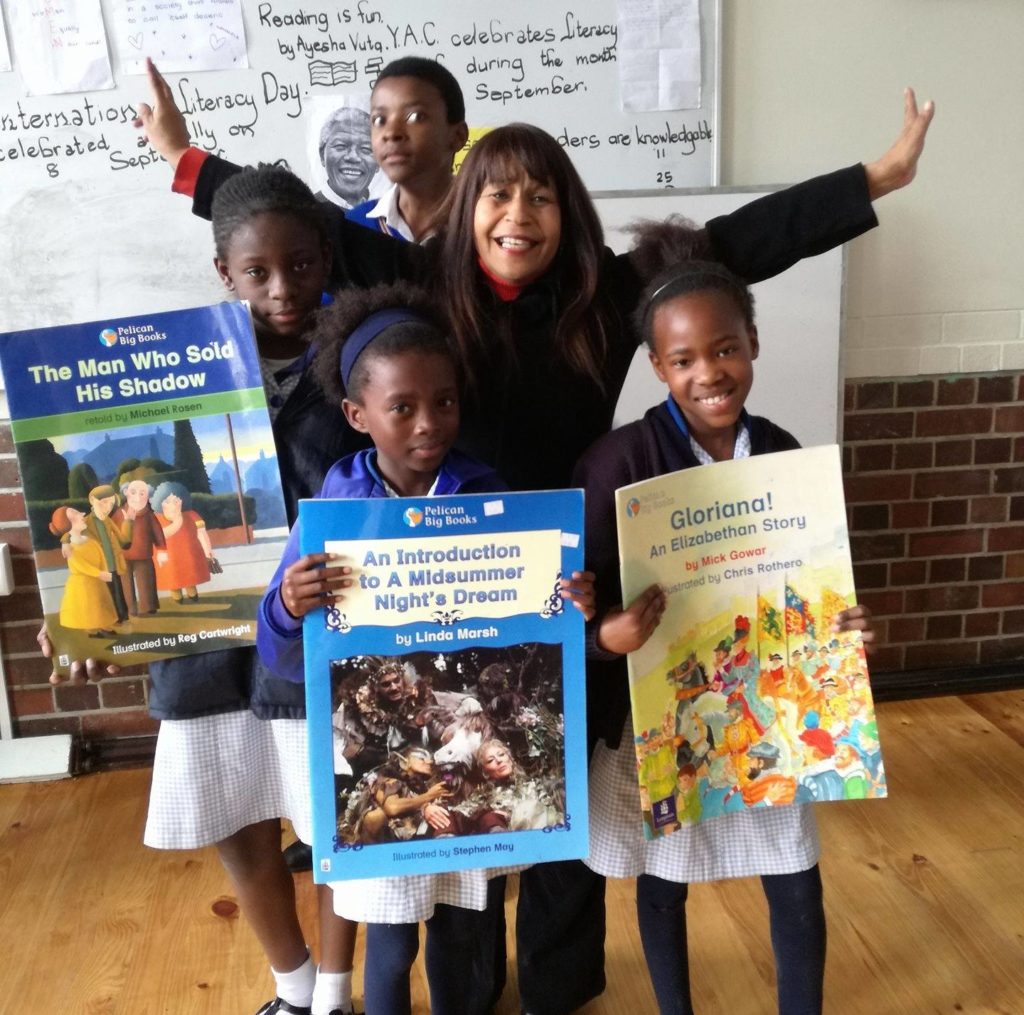
Brenda Rhode and the Young Authors’ Club
It’s in the genes
It’s in the genes
we hear of youngsters
crazy about books
and reading too
It’s in the genes
and not their jeans
I must add as I have
my mother’s English
tea-drinking habits
Crazy about books
and reading too
like their parents
and their parents before
(might we lionize them
rather than those
who tyrannized nations
colonized people
and played apartheid sport)
It’s in the genes
and not their jeans
or trousers, if anyone
still uses that word
(Did they honour
World Read Aloud Day
by reading up a tree)
Crazy about books
and not shiny objects
and brand labels
It’s in the genes
crazy about books
and reading too
Aren’t you
A social media tale (or “chronicle”) courtesy of Brenda Rhode – she of Young Authors Club fame and fortune – gets my chromosomes going, sometime Tuesday 17 April 2013.
David Kapp
(Photo Credit: Young Authors’ Club / Facebook)

/arc-anglerfish-tgam-prod-tgam.s3.amazonaws.com/public/2YF4IU4PFBEJPH5ROBEQTWMC5U)





